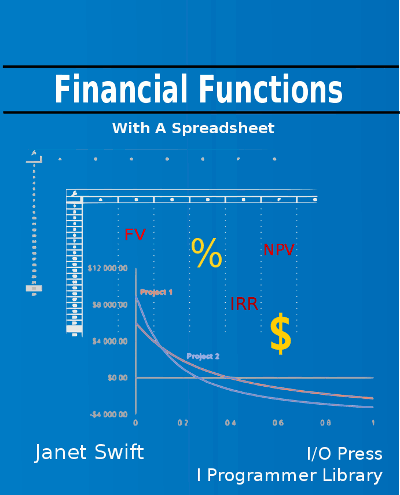| Effective Interest Rates |
| Written by Janet Swift | ||||||
Page 5 of 5
Examples1) A bank’s high interest cheque account offers interest calculated on the daily balance and added half yearly. If the nominal gross interest rate is 8% per annum what is the effective rate? The answer is that the compounding period is 6 monthly so the effective interest rate is simply
or 8.16%.
2) An account offers 8% on deposits calculated daily and paid annually. What is the effective interest rate? As the interest is added to the account annually there is no difference between the nominal and effective annual rates because there is no compounding. The danger here is to be misled into thinking that because the interest is calculated daily that it is compounded daily - it clearly isn’t as it is only credited to the account once a year. 3) An even more complicated sounding interest arrangement is to be be found in the small print for an interest bearing current account “ Interest is paid half yearly. It is calculated on a daily basis on cleared balances up to the first Friday in June and December and credited to your account on the third Friday.” In fact it is just another example of interest calculated daily but added half yearly. The reference to the first Friday and the third Friday simply make clear the lag between calculating the interest due and paying it. What the bank does is to calculate the interest due on the daily balance with a cut off point of the end of the first working week in June (and December). This amount is then added to the account on the third Friday of the same month. Doesn’t this mean that there is no interest being earned in the second week of the month? No; the interest on the daily balance in the second week is part of the next six month's interest.The only disadvantage is that the interest calculated forgoes a week’s interest before it is credited to the account and this lowers the effective interest rate, but not by enough to make it worth calculating. 4) The daily calculation of interest applies to bank accounts in overdraft as well as in credit. The rule is always that interest is charged or credited on the end of day balance.The rules for credit card debt are rather more complicated. During the first month the amounts that you spend are added to give an end of month balance. This you must pay in part or in full within a fixed number of days of receiving your statement. Any balance that is outstanding after fixed number of days is up is charged interest daily starting from the date of each transaction. What this means is that if you pay within the fixed period then you can get free credit. But if you don’t pay in full then you could have to pay interest.from the time of purchase not just from the statement date. The interest due on each purchase is simply:
Notice the use of the factor 12/365 to convert a monthly interest rate to daily. This is a source of confusion as some companies will use a theoretical fixed length month to do the conversion. For example, if you assume that every month has 30 days the interest rate used is monthly interest/30 which is different from using 12/365 as the conversion factor. Key points
Financial Functions
Buy from AmazonSpreadsheets take the hard work out of calculations, but you still need to know how to do them. Financial Functions with a spreadsheet is all about understanding and reasoning, using a spreadsheet to do the actual calculation.
To be informed about new articles on I Programmer, sign up for our weekly newsletter, subscribe to the RSS feed and follow us on Twitter, Facebook or Linkedin.
Comments
or email your comment to: comments@i-programmer.info
|


